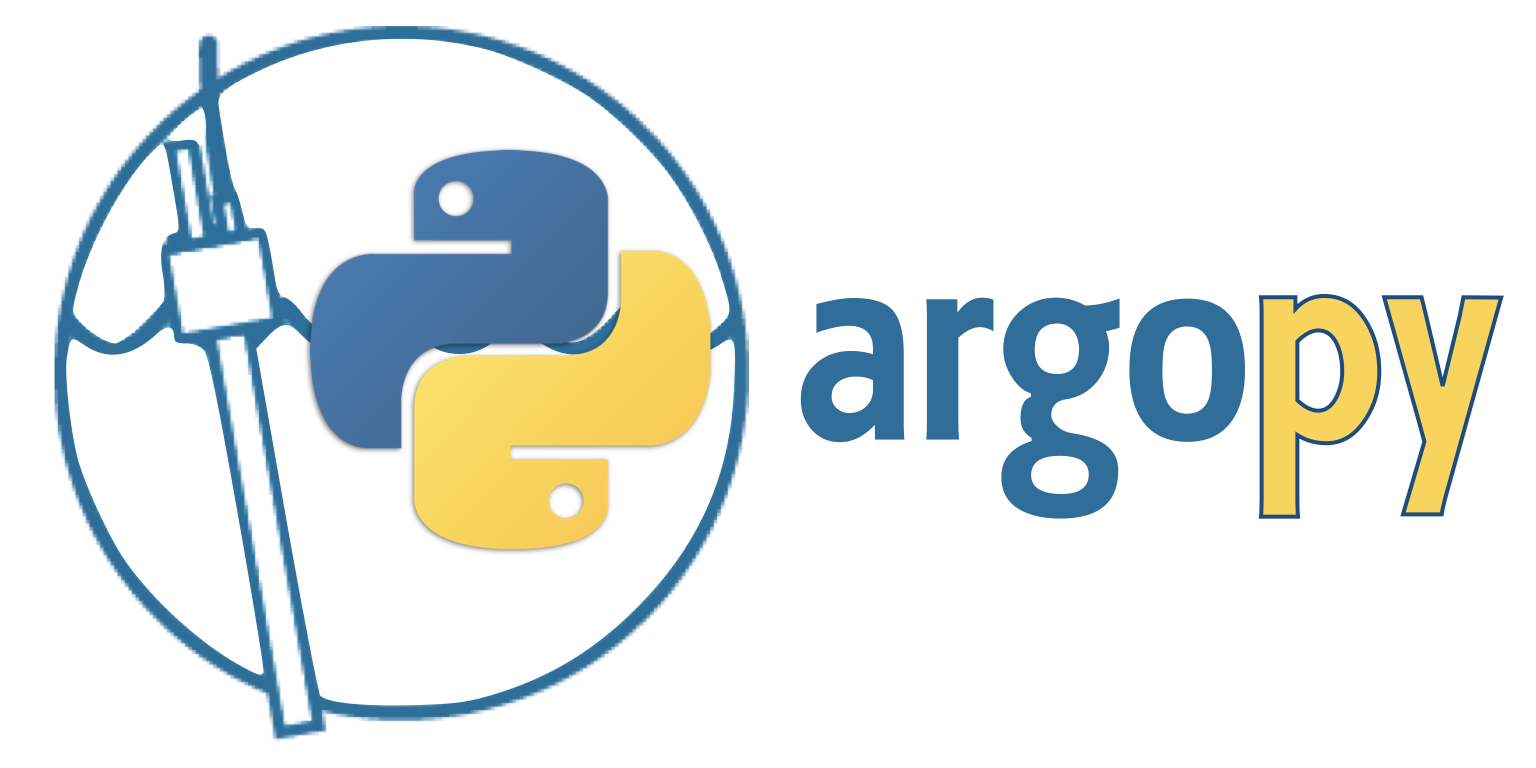argopy.related.OceanOPSDeployments#
- class OceanOPSDeployments(box: list | None = None, deployed_only: bool = False)[source]#
Use the OceanOPS API for metadata access to retrieve Argo floats deployment information.
The API is documented here: https://www.ocean-ops.org/api/swagger/?url=https://www.ocean-ops.org/api/1/oceanops-api.yaml
Description of deployment status name:
Status
Id
Description
PROBABLE
0
Starting status for some platforms, when there is only a few metadata available, like rough deployment location and date. The platform may be deployed
CONFIRMED
1
Automatically set when a ship is attached to the deployment information. The platform is ready to be deployed, deployment is planned
REGISTERED
2
Starting status for most of the networks, when deployment planning is not done. The deployment is certain, and a notification has been sent via the OceanOPS system
OPERATIONAL
6
Automatically set when the platform is emitting a pulse and observations are distributed within a certain time interval
INACTIVE
4
The platform is not emitting a pulse since a certain time
CLOSED
5
The platform is not emitting a pulse since a long time, it is considered as dead
Examples
Import the class:
>>> from argopy.related import OceanOPSDeployments >>> from argopy import OceanOPSDeployments
Possibly define the space/time box to work with:
>>> box = [-20, 0, 42, 51] >>> box = [-20, 0, 42, 51, '2020-01', '2021-01'] >>> box = [-180, 180, -90, 90, '2020-01', None]
Instantiate the metadata fetcher:
>>> deployment = OceanOPSDeployments() >>> deployment = OceanOPSDeployments(box) >>> deployment = OceanOPSDeployments(box, deployed_only=True) # Remove planification
Load information:
>>> df = deployment.to_dataframe() >>> data = deployment.to_json()
Useful attributes and methods:
>>> deployment.uri >>> deployment.uri_decoded >>> deployment.status_code >>> fig, ax = deployment.plot_status() >>> plan_virtualfleet = deployment.plan
- __init__(box: list | None = None, deployed_only: bool = False)[source]#
- Parameters:
box (list, optional, default=None) –
Define the domain to load the Argo deployment plan for. By default, box is set to None to work with the global deployment plan starting from the current date. The list expects one of the following format:
[lon_min, lon_max, lat_min, lat_max]
[lon_min, lon_max, lat_min, lat_max, date_min]
[lon_min, lon_max, lat_min, lat_max, date_min, date_max]
Longitude and latitude values must be floats. Dates are strings. If box is provided with a regional domain definition (only 4 values given), then
date_minwill be set to the current date.deployed_only (bool, optional, default=False) – Return only floats already deployed. If set to False (default), will return the full deployment plan (floats with all possible status). If set to True, will return only floats with one of the following status:
OPERATIONAL,INACTIVE, andCLOSED.
Methods
__init__([box, deployed_only])- param box:
Define the domain to load the Argo deployment plan for. By default, box is set to None to work with the
exp([encoded])Return an Ocean-Ops API deployment search expression for an argopy region box definition
include([encoded])Return an Ocean-Ops API 'include' expression
plot_status(**kwargs)Quick plot of the deployment plan
Return the deployment plan as
pandas.DataFrameto_json()Return OceanOPS API request response as a json object
Attributes
apiURL to the API
api_server_checkURL to check if the API is alive
box_nameReturn a string to print the box property
modelThis model represents a Platform entity and is used to retrieve a platform information (schema model named 'Ptf').
planReturn a dictionary to be used as argument in a
virtualargofleet.VirtualFleetsizeReturn a
pandas.DataFramewith the definition of statusuriReturn encoded URL to post an Ocean-Ops API request
uri_decodedReturn decoded URL to post an Ocean-Ops API request
